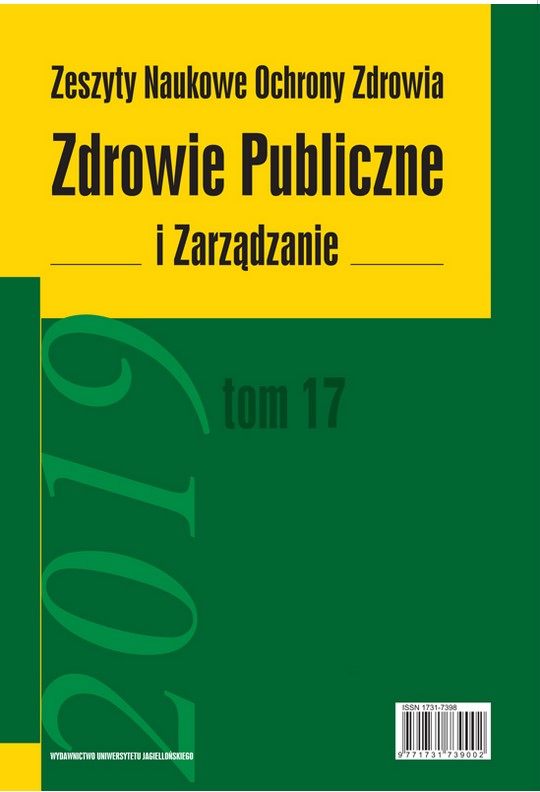Good practice for guidance development – review of consensus methods
Good practice for guidance development – review of consensus methods
Author(s): Jacek Siwiec, Magdalena Konieczna, Magdalena KopernySubject(s): Methodology and research technology, Health and medicine and law
Published by: Wydawnictwo Uniwersytetu Jagiellońskiego
Keywords: clinical practice guidelines; standards; recommendations; formal consensus methods;
Summary/Abstract: Introduction. The process of synthesizing scientific evidence and translating elaborate scientific research findings into recommendations for clinical practice is one of the most complex and significant initiatives in health care. In connection with the increasing number of recommendations, previously unformalised elements such as the process of consensus decision-making require developing a methodological approach. The use of consensus methods serves to reduce the impact of psychosocial factors in the formulation of recommendations and to increase the degree of process transparency. The aim of the publication is to present formal methods of achieving consensus used in the process of developing clinical practice guidelines. Materials and methods. The review focuses on results of reports analyzing the procedure and methods of developing clinical recommendations, with particular emphasis on the identification of consensus methods. Results. Many international and national organizations and institutions develop recommendations or adapt guidelines developed by others. They use both informal and formal instruments to deal with divergent expert opinions. The most popular formal methods of achieving consensus identified in the review are the Delphi method, the nominal group technique, the RAND/UCLA method, the consensus conference, and the combinations of individual approaches. Formal methods have been shown to lead to less biased and more reliable recommendations. Regardless of the method used, the guidelines should clearly define the quorum and document the process of agreeing a common standpoint on recommendations, guidelines and recommendations. Conclusions. Clinical guidelines have become an important tool influencing clinical practice. The participation of many experts representing the opinions and interests of different groups makes it necessary to apply a methodological and structured approach so that all participants have the opportunity to voice their opinion and to ensure process transparency, deal with misunderstandings and achieve a consensual position. The consensus methods allow to provide a wide range of stakeholders clinicians, policy makers, patients – with agreed rules of conduct in a given topic. The formal consensus methods and recommendations based on these methods combine scientific evidence with the practice and experience of experts.
Journal: Zdrowie Publiczne i Zarządzanie
- Issue Year: 17/2019
- Issue No: 4
- Page Range: 217-229
- Page Count: 13
- Language: English

